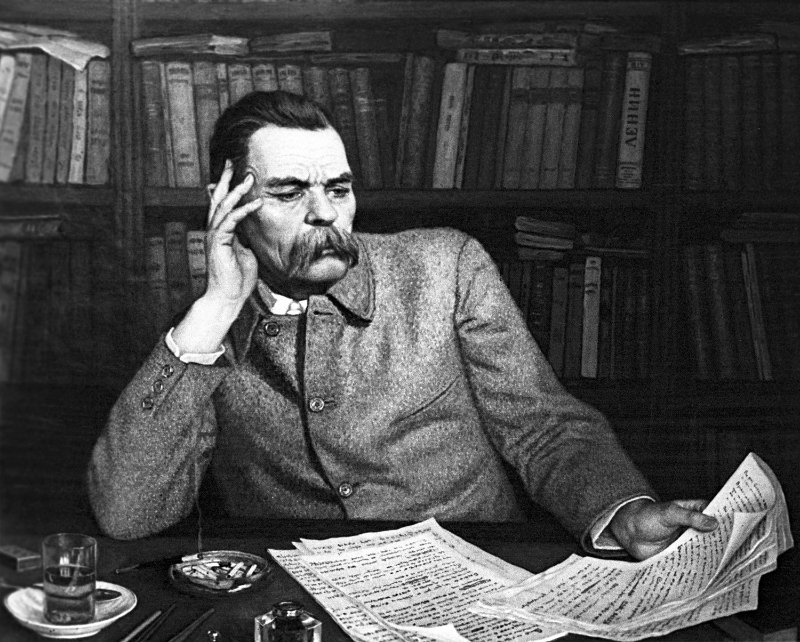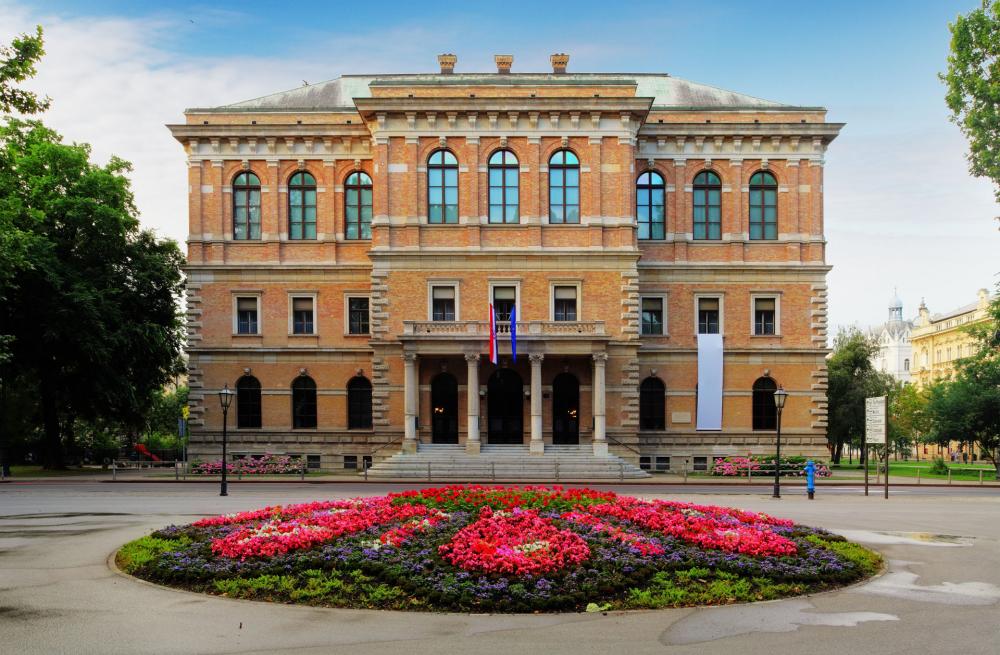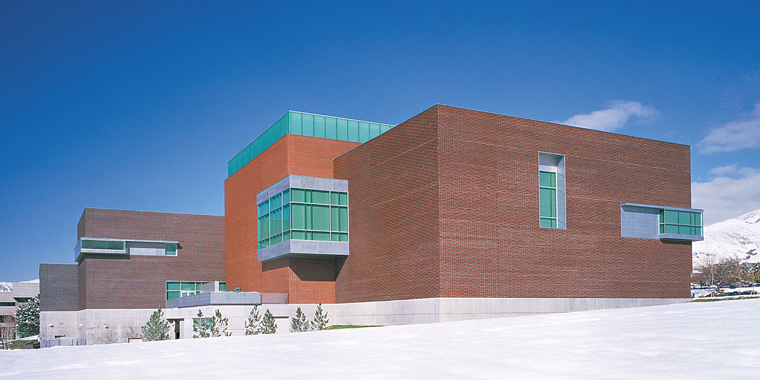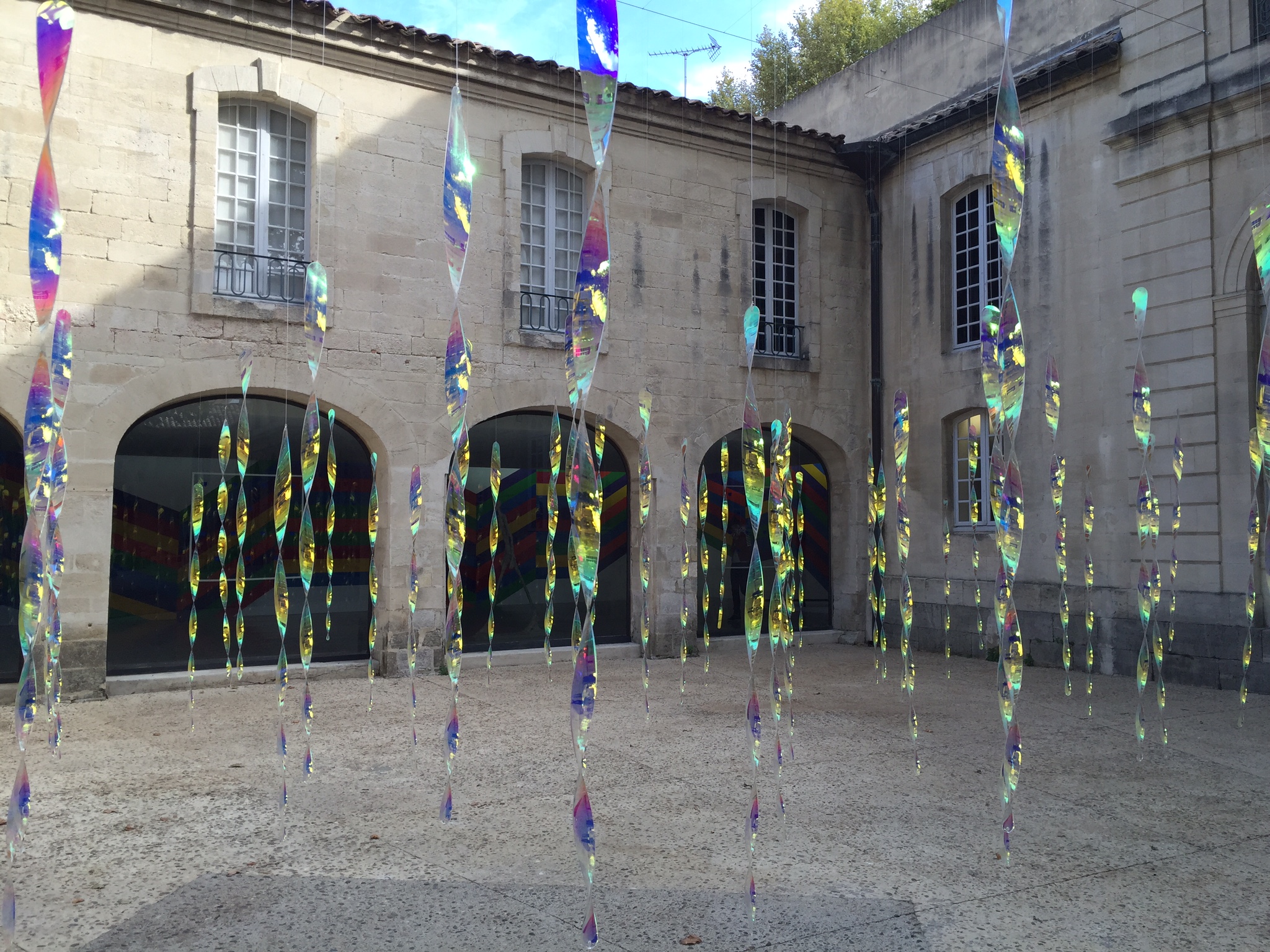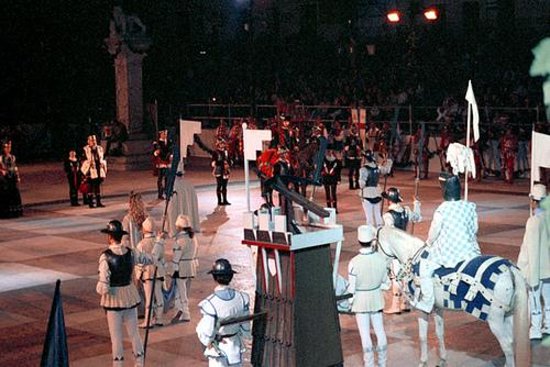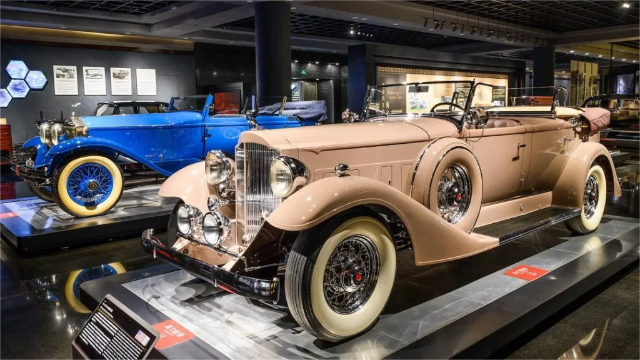Milestones in the biography and creative heritage of one of the most talented classics, writer M.A. Gorky are permanently represented in the collection of the Literary Museum named after him. It was built in 1928, when Alexei Maksimovich was 60 years old. The initiative to open a museum dedicated to the famous compatriot belongs to the public of Nizhny Novgorod. In addition to Gorky’s works, the museum house exhibits many manuscripts of the 19th century writers who lived here and glorified Nizhny Novgorod with their work. For example, in the house museum there is an exhibition on a permanent basis about the monk Hieromonk Seraphim of Sarov.
Along with materials about Gorkov, the exhibition tells about other important residents of the city. Among the representatives of the creative work of Nizhny Novgorod in the late 18th and early 20th century, the realist writer P.I. Melnikov, who described in detail and skillfully the stories of the customs of the merchants-Old Believers and the schism of the church. The symbolist poet Ivan Rukavishnikov, the poet Leonid Grave and the poet-journalist Anna Mysovskaya, the democratic writer Vladimir Galaktionovich Korolenko, the musician V.Yu. Willisan, the instigator of the genre of artistic photography Andrei Osipovich Karelin and photojournalist Maxim Petrovich Dmitriev.
Tourists who visited the halls of the museum were surprised by the setting that has retained its uniqueness: a marble staircase that meets visitors at the main entrance, huge mirrors and skillful stucco moldings on the ceilings and a unique wooden mosaic immerse the audience in the early 20th century. And in the lobby with fireplace, travelers are greeted by a real grand piano with history. In 1920 V.I. Lenin, in the company of Gorky, witnessed the piano performance of the exceptional "Appassionata". This instrument was transported after the death of Gorky’s first wife, E.P. Peshkova.Ekaterina Pavlovna also donated to the museum house the decoration of her husband’s studio as it was at the beginning of the 20th century, many personal effects of the classic and a huge number of photographs.
